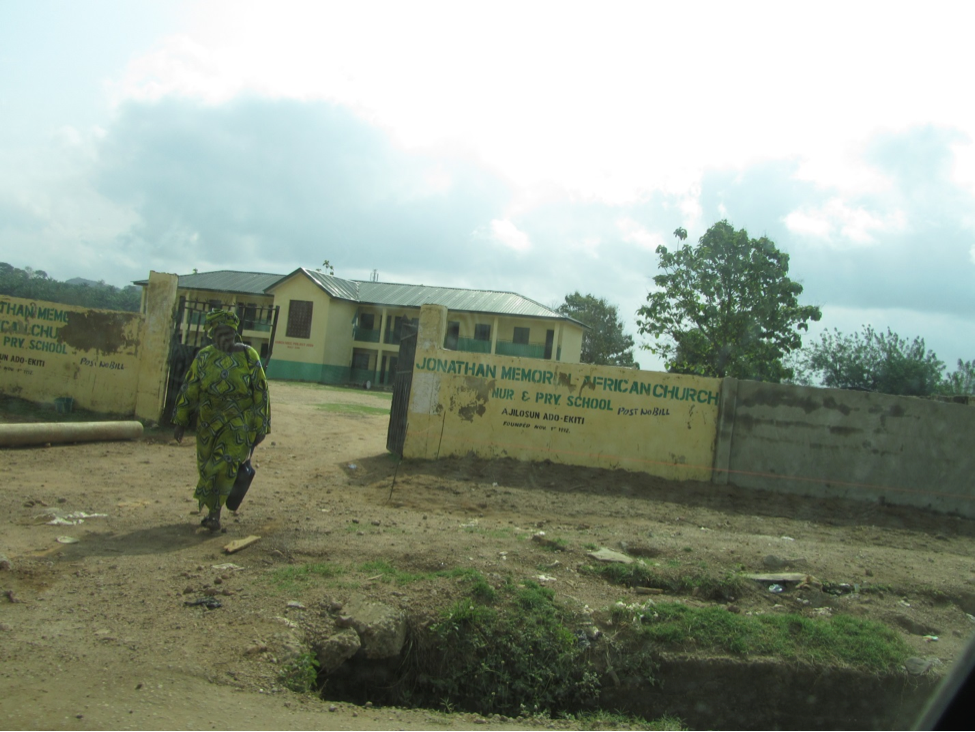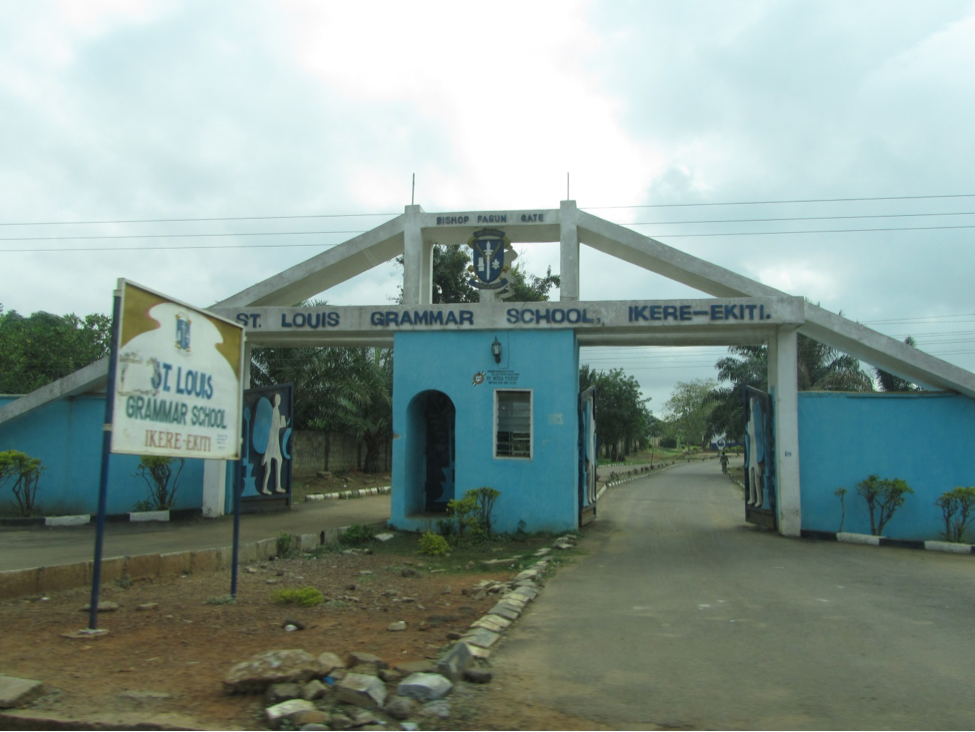A high school teacher at Greenwood High School was arrested over the weekend and charged with child seduction. He was found naked in a truck with a 17-year old student. He admitted to having had sex with the student.
He was a popular teacher, and last year was awarded the District Golf Coach of the Year. He has resigned his position with the district.




